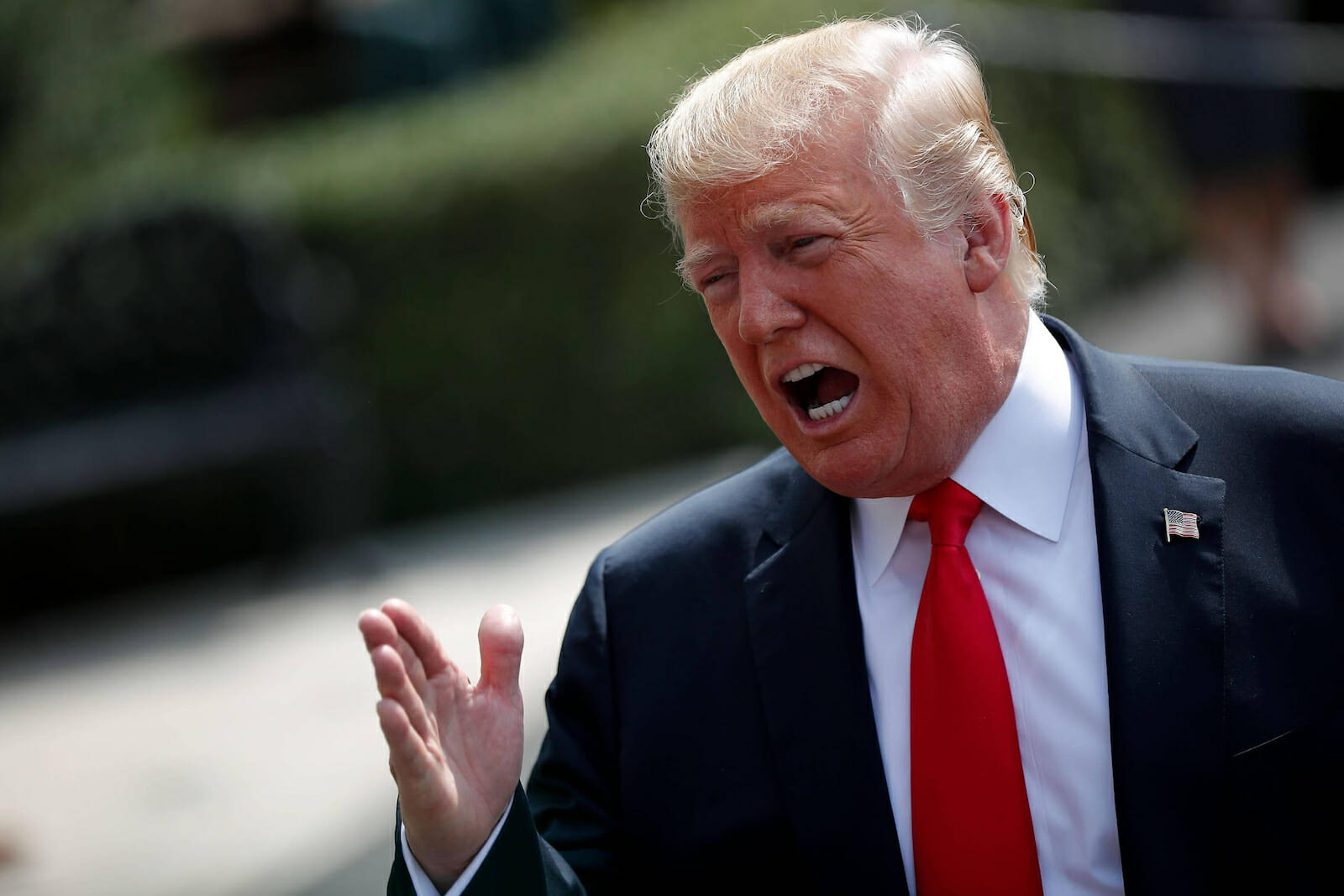
Tariff Impact and What to Look for in 2020
In early 2018, the Trump administration passed a new set of tariffs on materials and products like solar panels, washing machines, steel, and aluminum. The tariffs intended to leverage the massive buying power of American industry and consumers to help the United States negotiate more favorable deals with major trade partners like China, Mexico, Canada, and the European Union.
Now, more than a year after those tariffs took effect, we’re beginning to see real outcomes. Here are the impacts the tariffs have had already, and how economists expect these tariffs to shape the economy in 2020.
The Current Impact of the Trump Tariffs
So far, the tariffs have impacted both American consumers and businesses — neither of them positively.
Even the earliest estimates guessed that the tariffs would cost American households — but these estimates weren’t especially high, with most expecting the tariffs to cost Americans around $150 annually per household. Over the past year, however, as better data began to come in about how tariffs were affecting the price of goods, those estimates have crept upward — and now hover around $460 per year. The numbers look even worse for wealthier households — those with earnings greater than $160,000 per year may end up paying more than $1,000 annually as a result of these tariffs.
American industry hasn’t benefited much from the tariffs — even the sectors analysts predicted would see gains.
When the tariffs — which included a 25% tax on foreign steel — first passed, domestic steel producers applauded them, and they even caused a short-term burst of growth. In 2018, industry analysts estimated three dozen steel mills either restarted or began construction.
Now, around a year later, the steel industry is facing a downward turn. Domestic manufacturers that rely on steel have either turned to cheaper materials or are delaying investment in hopes steel prices will drop.
The temporary growth of the steel industry also didn’t have much of an impact on the broader economy. Many American steel mills rely on automation, meaning industry growth didn’t create many new jobs.
Tariffs and the 2020 Economy
The future impact of these tariffs is likely to be more of the same. The downward turn in industries that depend on steel may be similar in other industries, like those that rely on aluminum. America imports about 90% of the aluminum used in manufacturing. Ideally, these tariffs would steer some of that back into the United States, encouraging growth in the aluminum industry. But as with steel, these tariffs may cause manufacturers to instead turn to lower-cost materials or put a hold on investment in anticipation of a price drop.
There may also be knock-on effects caused by the uncertainty naturally generated by the sudden shift in trade policy. Firms are already less likely to invest in industries dependent on foreign goods and resources, as it’s not completely clear yet how the tariffs will affect those industries in the long run.
Overall, experts expect the tariffs to cause a loss of 900,000 jobs by 2020 — and could be enough to drive the economy into the first recession since 2008, as investment slows down and firms take a wait-and-see approach with regards to how these tariffs will affect these industries in the long run.
How Tariffs Will Affect Us in 2020
The Trump administration hasn’t signaled a reverse in policy yet — they are, for better or worse, in it for the long haul.
America will be feeling the effects of these tariffs through the end of 2019, and likely during all of 2020. In general, the tariffs will cost households by increasing the price of consumer goods and may cause a decline in industries that rely on tariffed resources like steel and aluminum.
Some of the direst predictions see the tariffs causing a recession, but it may be too early to tell if the tariffs will have that severe of an impact in 2020.

